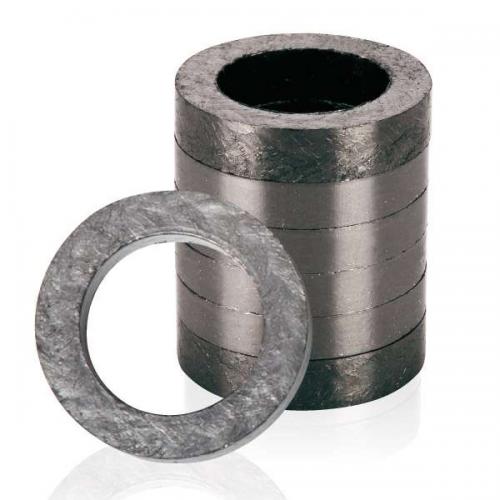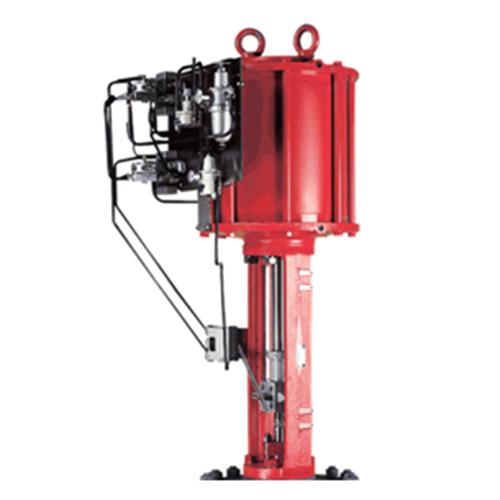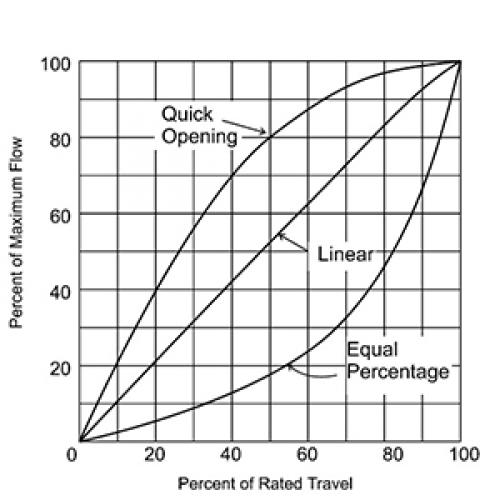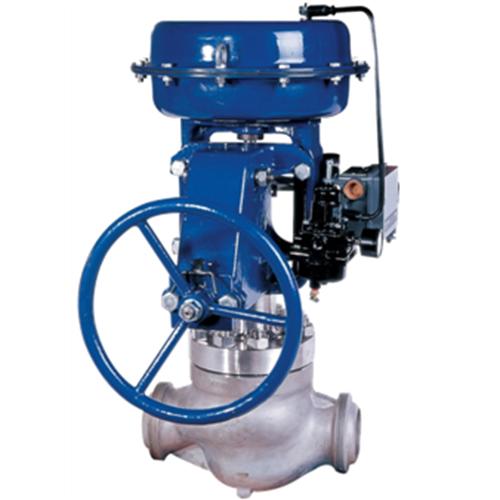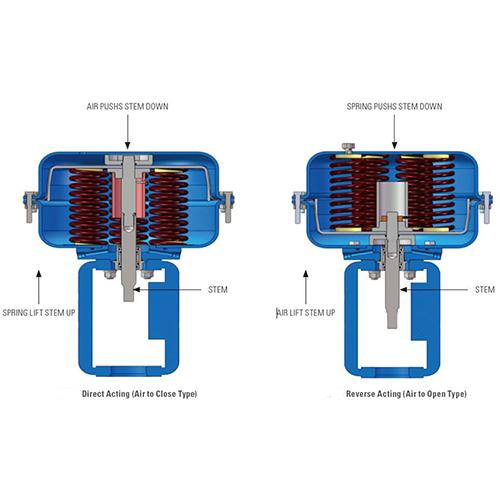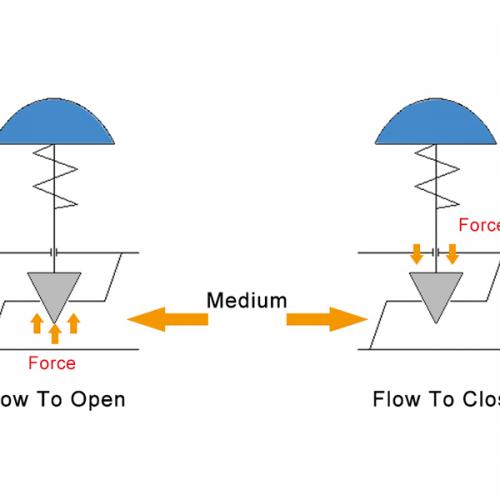Application range of various plastics and rubbers used in valves
Update time: 22-11-12 Views: 941
1. Commonly used plastic materials in valves
1.1 PTFE
PTFE, the application temperature range is -200~230℃, and the decomposition temperature is 415℃
Corrosion resistance is very good, almost all chemical media can be used. Known as the king of corrosion resistance.
Widely used in gaskets, seal rings, bearings and short pipes without lubricant. Especially suitable for environments such as food and textiles where contact with lubricants is not permitted, and can also be used for valve lining materials. Can also be made into fiber for valve packing.
1.2 PFA
Perfluoroalkoxy alkanes (PFA) are fluoropolymers, the application temperature range is -268°C to 260°C
PFA plastic (perfluoroalkoxy) is a tough, flexible fluoropolymer that is used for flexible and reusable medical equipment pharmaceutical and semi-con devices when chemical resistance, high purity, and flexibility are required.
1.3 F46
Polyperfluoroethylene propylene, the application temperature range is -260~200℃, and the decomposition temperature is 400℃
Good corrosion resistance, easier to process than PTFE
Widely used in valve lining materials and gaskets and other components
1.4 Nylon
Nylon is the general name of polyamide, the application temperature range is -50~120℃
The main products are Nylon 66 and Nylon 6.
Good corrosion resistance, but not resistant to strong acid, oxidizing acid and formic acid.
High strength, wear resistance, self-lubricating effect, widely used in bearings and other parts, often used in the food industry. It can also be made into fibers for clothing and socks.
1.4 ABS
Copolymer of propylene, butadiene, styrene. Application temperature range -40~80℃ Widely used in pipes and fittings
1.5 PPL
The opposite position polysilicon, the application temperature range is -29~300℃, it can be used for the valve seat of the Ball Valve, but the pressure is below 300#.
2. Commonly used rubber materials in valves
2.1 NBR
Nitrile butadiene rubber, the operating temperature range is -40~120℃, and it can be used for a long time at 100℃
Good corrosion resistance, but not resistant to strong solvents such as oxidizing acids (nitric acid, chromic acid, etc.), aromatic hydrocarbons, esters, ketones, ethers, halogenated hydrocarbons, etc.
2.2 EPDM
EPDM, the operating temperature range is -55~150℃
Resistant to dilute acid, alkali and salt corrosion, but not resistant to oxidative acids, aromatic hydrocarbons and other non-staple products of petroleum products.
2.3 VITON, Kel-F
Fluorinated rubber is a general term for fluorine atomic rubber. The operating temperature range is -20~200℃
Copolymer of VITON perfluoropropylene and vinylidene fluoride
Kel-F copolymer of chlorotrifluoroethylene and vinylidene fluoride
Good corrosion resistance, including various acids and bases, salts, petroleum products, hydrocarbons, etc.
Mainly used in gaskets, seals and other parts.
2.4 Silicone
Silicone rubber, temperature resistance -55~250℃
Widely used for sealing under high temperature occasions.
2.5 PU
Polyurethane is a general term for polymers containing urethane. Temperature resistance -40~120℃
Coatings are widely used in architectural, industrial and coastal environments. Can also be used for gaskets, sealing rings, etc.
